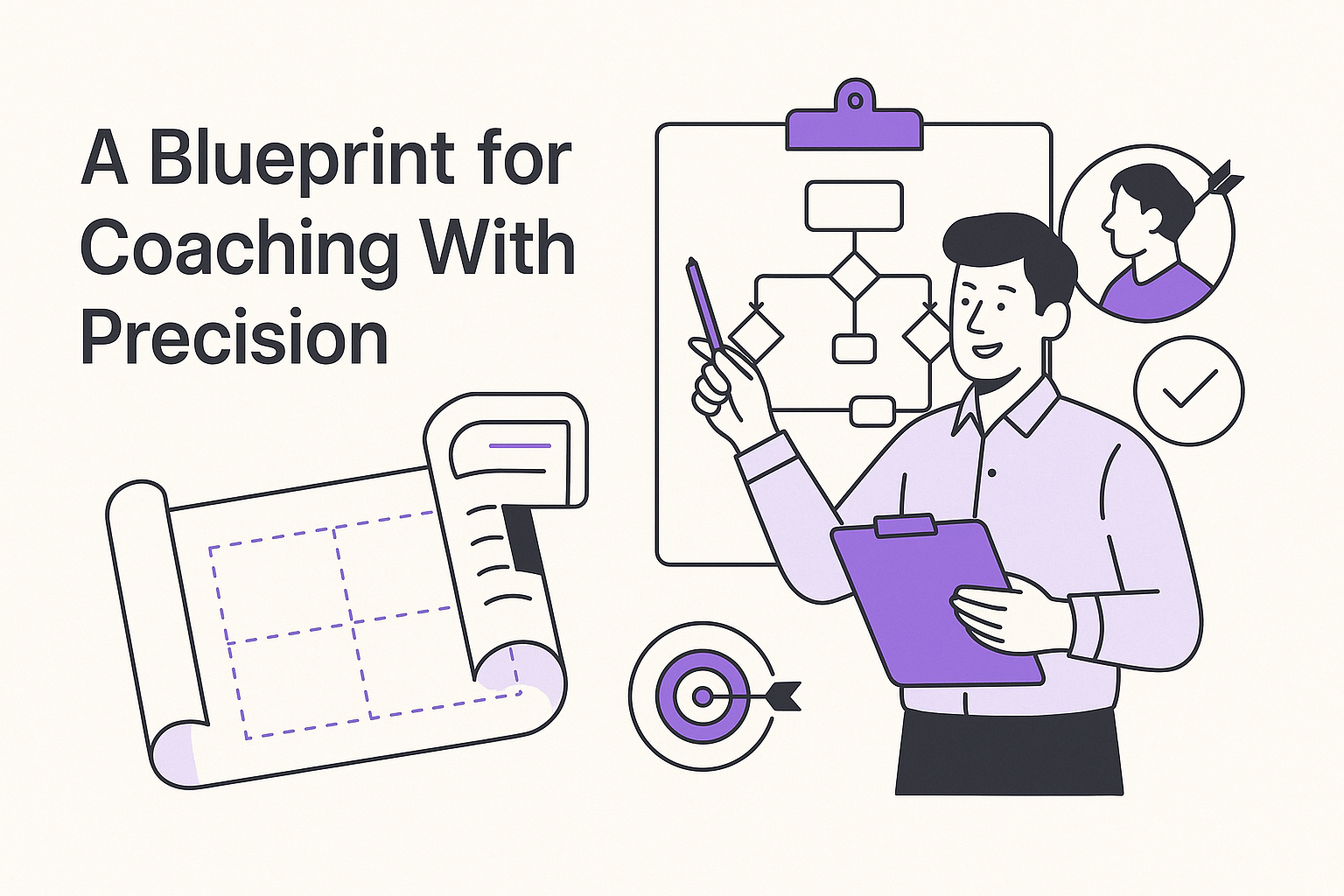Top Sentiment Analytics Tools: Strategies for Success
-
Hello Insight
- 10 min read
In today's data-driven world, understanding customer sentiment has never been more critical. Sentiment Analysis Strategies enable businesses to extract valuable insights from customer feedback, helping them refine their products and enhance the overall customer experience. By adopting effective strategies, organizations can tap into the emotional drivers behind customer decisions, providing a competitive edge in the market.
These strategies revolve around utilizing various sentiment analytics tools to decode vast amounts of data. From identifying positive and negative sentiments to recognizing patterns in customer feedback, a robust analysis framework can significantly enhance decision-making. As businesses dive deeper into sentiment analysis, implementing best practices for continuous monitoring and optimization will ensure they remain responsive to customer needs and market trends.
Generate visualizations from your qualitative data. At Scale.

Understanding Sentiment Analysis Strategies
Sentiment Analysis Strategies focus on the methods and processes that can effectively interpret the emotions behind customer feedback. Understanding these strategies is essential for businesses looking to gain insights from consumer sentiments, especially in today’s data-driven environment. Various techniques can analyze sentiments, such as natural language processing, machine learning algorithms, or simple keyword analysis. These approaches allow businesses to classify comments as positive, negative, or neutral, providing valuable data for decision-making.
To utilize sentiment analysis effectively, businesses should consider a few key strategies. First, it is essential to establish clear objectives for what insights are needed. Next, selecting the appropriate tools that fit those objectives can greatly influence the outcome. Finally, ongoing monitoring and refining of the analysis processes ensure the tools remain effective as market conditions change. Adopting these strategies will help organizations enhance their understanding of customer opinions and drive informed business decisions.
The Importance of Sentiment Analytics Tools
Sentiment analysis strategies play a crucial role in understanding customer perspectives. By utilizing sentiment analytics tools, businesses can tap into valuable insights regarding consumer opinions and sentiments. These tools enable companies to track positive and negative sentiments in real time, allowing for informed decision-making and timely responses. Grasping customer sentiment helps in refining marketing tactics, enhancing product offerings, and elevating customer experiences.
The significance of sentiment analytics tools extends beyond simple data collection; they offer a pathway to understanding the emotional context behind customer feedback. With effective sentiment analysis, organizations can identify trends, measure brand perception, and engage with their audience meaningfully. Gaining access to this rich data equips teams to craft targeted strategies, ultimately driving success in their business endeavors. Overall, implementing sentiment analysis strategies fosters a stronger relationship between businesses and their customers, paving the way for long-term growth and loyalty.
Key Metrics for Evaluating Sentiment Analysis
Evaluating sentiment analysis effectively hinges on key metrics that reveal insights into public opinion and customer feedback. Understanding sentiment polarity—whether positive, negative, or neutral—provides an essential overview. Another crucial metric is sentiment intensity, which gauges how strongly a sentiment is expressed. Tracking these metrics over time allows businesses to discern trends and shifts in consumer perception.
Additionally, aspect-based sentiment analysis offers a more granular view by assessing sentiments tied to specific features of a product or service. This can help in prioritizing improvements based on customer feedback. Measuring the volume of mentions can also highlight the brand's visibility and the public's engagement levels. By focusing on these metrics, organizations can craft effective sentiment analysis strategies that inform decisions and enhance customer experiences. Monitoring these key metrics ensures that the sentiment analysis remains relevant and actionable.
Evaluate Performance on Customer Calls for Quality Assurance.
Implementing Sentiment Analysis Strategies for Success
Successful implementation of sentiment analysis strategies begins by clearly defining your objectives. Understanding what you aim to achieve with sentiment analysis is crucial for ensuring relevant insights. For example, whether you wish to analyze customer feedback, track brand sentiment, or gain competitive intelligence, your goals will direct the tools and methodologies you choose.
Next, it’s essential to analyze the features and capabilities of different sentiment analytics tools. Consider aspects such as text processing power, multilingual support, and integration capabilities with your existing data systems. Once you select the right tool, establishing a robust analysis framework is vital for data consistency and reliability. This includes setting up clear workflows and methodologies for data collection and interpretation. Regular monitoring and optimization of your strategies will help you refine your approach over time, aligning with ever-changing customer sentiments. By following these steps, you can effectively harness sentiment analysis strategies for lasting success.
Selecting the Right Tool for Your Needs
Finding the right sentiment analytics tool can significantly impact your business outcomes. It is essential to first define your objectives clearly. Consider what you aim to achieve, such as improving customer satisfaction or gaining insights into market trends. Identifying specific goals helps shortlist tools that align with your needs.
Next, you should analyze the features and capabilities of potential tools. Look for key functionalities, such as real-time data processing and customizable dashboards. A tool that allows you to ask questions about your data can provide valuable insights efficiently. Additionally, don’t neglect the importance of data security and compliance. By carefully evaluating your options based on these criteria, you can select a sentiment analytics tool that not only meets your immediate needs but also supports your long-term strategy for success.
Step 1: Define Your Objectives
To embark on your sentiment analysis journey, it’s crucial to first define your objectives. Understanding what you aim to achieve will guide your selection of tools and strategies, ultimately determining your success. Begin by identifying the key questions you want to answer through sentiment analysis. Consider aspects such as customer feedback, market perceptions, or brand reputations. This clarity will not only streamline your efforts but also help you focus on relevant data sources that align with your goals.
Next, consider how these objectives will impact decision-making within your organization. Establish specific, measurable outcomes that you hope to achieve, such as enhancing customer satisfaction or improving product offerings. By doing so, you’ll create a contextual framework for your sentiment analysis strategies. This initial step lays the groundwork for utilizing the right tools that match your goals, ensuring that you gather valuable insights to drive positive business results.
Step 2: Analyze Features and Capabilities
When analyzing features and capabilities of sentiment analytics tools, consider their core functionalities and how they align with your specific goals. First, evaluate the data integration capabilities, ensuring that the tool can seamlessly ingest data from various sources. This versatility allows for a comprehensive view of customer sentiments across multiple channels. Next, assess the analytical depth of the tool—look for features like real-time sentiment tracking, contextual analysis, and sentiment scoring that can provide nuanced insights.
Additionally, intuitive user interfaces and customizable dashboards can enhance the efficacy of sentiment analysis strategies. Effective reporting tools are also essential, enabling stakeholders to visualize key findings easily. Finally, data security and compliance features must not be overlooked to safeguard customer information. By systematically analyzing these features and capabilities, you can choose a sentiment analytics tool that not only meets your needs but also drives actionable insights.
Best Practices for Effective Sentiment Analysis
Effective sentiment analysis is rooted in strategic planning and execution. First, it's crucial to build a robust analysis framework that precisely aligns with your organizational goals. This framework should encompass data collection, processing, and interpretation to ensure concise insights are drawn from various text sources. Understanding the context of the data helps enhance sentiment scores and provides a clearer picture of customer opinions.
Moreover, continuous monitoring and optimization are paramount for success. Regularly revise your methodologies based on new findings and evolving market trends. This iterative process not only keeps your sentiment analysis relevant but also allows for adjustments that enhance accuracy over time. By implementing these best practices, organizations can leverage sentiment analysis strategies to extract meaningful insights and foster customer engagement, ultimately leading to informed decision-making and improved brand reputation.
Building a Robust Analysis Framework
Building a robust analysis framework is essential for effective sentiment analysis strategies. This framework serves as the backbone of your analysis process, guiding how data is collected, analyzed, and interpreted. A well-established framework helps ensure consistency, accuracy, and clarity in the insights generated. Begin by defining your specific objectives, as they will shape every aspect of your approach. This clarity will enable you to choose the right tools, metrics, and methodologies for your sentiment analysis.
Next, integrate quantitative and qualitative analysis methods within your framework. Combining these approaches enriches your understanding of customer sentiment. Utilize various data sources such as social media, surveys, and customer feedback to create a comprehensive view of your audience’s emotions. Furthermore, ensure continuous monitoring and optimization of your framework to adapt to changing trends and consumer behaviors. Emphasizing these elements will significantly enhance the effectiveness of your sentiment analysis strategies in delivering actionable insights.
Continuous Monitoring and Optimization
In the realm of sentiment analysis strategies, continuous monitoring and optimization are critical for maintaining relevance and effectiveness. Organizations must consistently track customer feedback to identify emerging trends and areas for improvement. By analyzing feedback regularly, businesses can adapt their strategies to align with customer expectations, thereby enhancing user satisfaction.
Optimization involves refining approaches based on real-time insights garnered from sentiment analysis. Regular reports can serve as valuable tools in this process, summarizing findings and highlighting focal areas for development. Furthermore, implementing changes based on these insights not only improves customer engagement but also positions a company as responsive and customer-centric. Embracing an iterative cycle of monitoring and optimization will ensure that sentiment analysis remains impactful, driving continuous improvement and strategic growth.
Conclusion: Mastering Sentiment Analysis Strategies for Success
Mastering sentiment analysis strategies is crucial for organizations aiming to enhance their understanding of consumer opinions. By harnessing the power of effective sentiment analytics tools, businesses can gain valuable insights into customer feelings and preferences. This proactive approach allows companies to refine their products and services, leading to better alignment with customer needs.
Moreover, continuously optimizing sentiment analysis strategies ensures sustainable success. By regularly evaluating the effectiveness of chosen tools, organizations can adapt swiftly to changing market demands. Ultimately, investing in sentiment analysis not only improves decision-making but also fosters stronger relationships with customers, paving the way for long-term growth.






